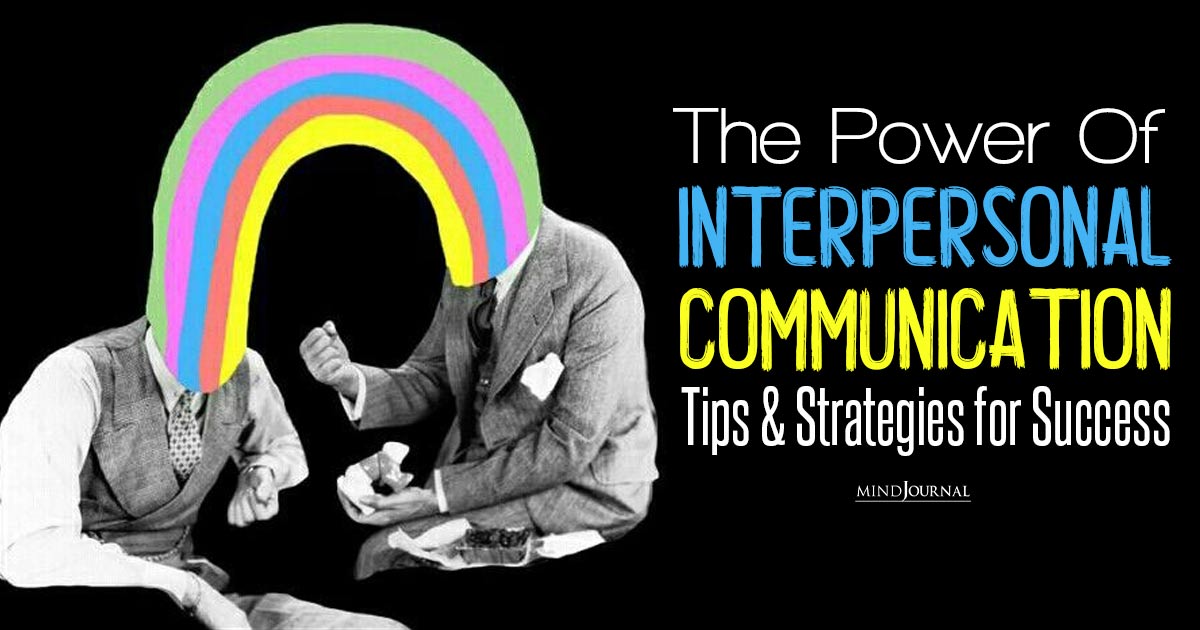Definition of Impersonal Communication
Impersonal communication refers to a type of interaction that lacks personal connection or emotion. It involves transmitting information without personalization or individualized interaction.
Impersonal communication typically occurs in formal or professional settings, where the focus is on conveying facts or data rather than building relationships or addressing personal emotions. In today’s digital age, impersonal communication has become increasingly prevalent. With the rise of technology and the widespread use of emails, text messages, and social media, people often communicate without face-to-face interaction or emotional connection.
While impersonal communication offers convenience and efficiency, it can also have drawbacks, such as misinterpretation or a lack of emotional understanding. Understanding how to navigate impersonal communication is essential for effective communication in various personal, professional, and online settings. So, let’s explore the different aspects of impersonal communication in more detail.
What Is Impersonal Communication?
Impersonal communication refers to a type of interaction that lacks personal connections between individuals. It involves the exchange of information without emotional or relational involvement. This form of communication is characterized by its detached nature, focusing on facts, data, and objective information rather than personal opinions or emotions.
It often occurs in formal settings such as business meetings, professional emails, or official reports. In impersonal communication, individuals prioritize the transmission of information over building personal rapport or establishing emotional connections. It is direct, concise, and to the point, relying on clear and straightforward language.
This type of communication is prevalent in situations where efficiency and professionalism are essential, allowing for effective and concise exchanges of information. Impersonal communication helps avoid biases, personal preferences, and subjective interpretations. It promotes objectivity and clarity in conveying information.
Types Of Impersonal Communication
Impersonal communication is a form of communication that lacks personal and direct interaction. It can be categorized into various types. Mass media plays a significant role in impersonal communication, reaching a large audience through channels like television, radio, and newspapers.
The advancement of technology has also contributed to impersonal communication, with the rise of social media platforms and online messaging services. Formal communication systems, such as official announcements and company memos, are another example of impersonal communication. Additionally, advertising heavily relies on impersonal communication to promote products and services to a wide range of consumers.
Understanding the different types of impersonal communication can help individuals navigate and adjust their communication approaches accordingly.
Effects Of Impersonal Communication
Impersonal communication refers to the transmission of messages without direct personal interaction. It has significant effects on various aspects of society. Societal changes are greatly influenced by impersonal communication, shaping the way we connect and communicate in today’s digital age.
In personal relationships, impersonal communication can lead to a lack of intimacy and emotional connection. It creates distance and reduces the depth of interaction between individuals. Moreover, impersonal communication can have a profound impact on the individual. It can contribute to feelings of isolation, loneliness, and detachment.
The absence of face-to-face communication hampers the development of social skills and inhibits the formation of genuine connections. Understanding the effects of impersonal communication is crucial in order to find a balance between technology and personal connection in our modern world.

Credit: themindsjournal.com
Frequently Asked Questions For Definition Of Impersonal Communication
What Does Impersonal Mean In Communication?
Impersonal communication refers to interactions that lack a personal touch. It is characterized by a lack of emotional connection or individual consideration. In impersonal communication, individuals may not express empathy or concern for the other person’s feelings or needs. It often involves the use of formal and objective language, focusing solely on the exchange of information rather than building rapport or establishing a personal connection.
Impersonal communication can occur in various contexts, such as business settings, academic environments, or online interactions. Examples of impersonal communication include professional emails, official announcements, or informative articles. It is important to note that while impersonal communication may be efficient for conveying information, personal relationships and effective interpersonal communication often require a more compassionate and empathetic approach.
What Is The Difference Between Personal Communication And Impersonal Communication?
Personal communication involves direct interaction between individuals, while impersonal communication lacks this personal touch. In personal communication, people engage in face-to-face conversations, phone calls, or video chats. They openly express emotions, share personal experiences, and use non-verbal cues, such as body language and facial expressions, to enhance their conversation.
On the other hand, impersonal communication refers to messages conveyed through mediums like emails, letters, or online platforms. These exchanges are often more formal, objective, and lack the personal connection one would find in personal communication. Impersonal communication allows for more thought-out and concise expressions, providing a level of convenience and distance.
However, it may sometimes lack the depth, warmth, and spontaneity found in personal communication.
What Is An Example Of Impersonal?
An example of impersonal is a sign that states “No trespassing” or a generic email stating “We regret to inform you. “
What Is An Example Of Interpersonal Communication?
Interpersonal communication involves the exchange of information between two or more people. An example of interpersonal communication is a face-to-face conversation between friends where they share their thoughts and feelings. It can also take place through various mediums such as phone calls, text messages, or video chats.
Communication through gestures, facial expressions, and body language is also considered interpersonal communication. Overall, any form of direct communication between individuals, whether verbal or nonverbal, can be regarded as an example of interpersonal communication.
Conclusion
Impersonal communication refers to the exchange of information or ideas without the personal touch of emotions or individual experiences. It aims to convey messages objectively and without bias, often through formal channels such as written memos, reports, or public announcements.
Impersonal communication can be found in various aspects of everyday life, from business settings and academic lectures to mass media and online communication platforms. By understanding the definition of impersonal communication, we can navigate and interpret different forms of communication more effectively.
Recognizing the characteristics and purposes of impersonal communication enables us to adjust our expectations and adapt our communication styles accordingly. Whether it be understanding a formal email from a colleague or analyzing the tone of a news article, being aware of impersonal communication helps us to interpret messages accurately and make informed decisions.
Remember, effective communication involves both verbal and non-verbal cues. Understanding the various forms of communication, including impersonal communication, allows us to navigate today’s diverse communication landscape and build stronger connections with others. So, let’s continue to enhance our communication skills and make the most of the opportunities that arise in an impersonal world.


